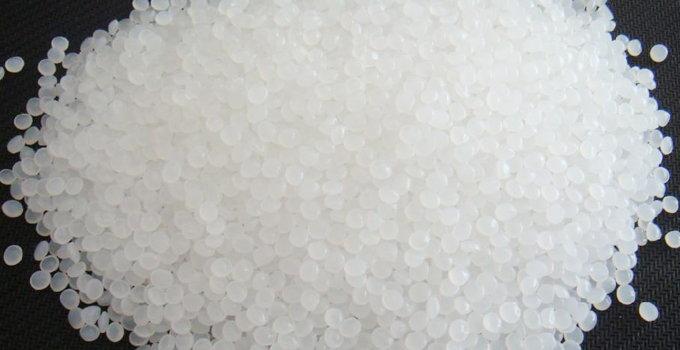Polypropylene (PP)
Specific gravity: 0.9-0.91 g / cm3
Molding shrinkage: 1.0-2.5%
Molding temperature: 160-220 ° C
Drying conditions:
Material performance:
Low density, strength stiffness, hardness and heat resistance are better than low-pressure polyethylene, can be used at about 100 degrees. It has good electrical properties and high-frequency insulation is not affected by humidity, but becomes brittle at low temperature, not wear-resistant and easy to age.
Suitable for making general mechanical parts, corrosion resistant parts and insulating parts
Molding performance:
1. Crystallized material, low hygroscopicity, easy to melt fracture, long-term contact with hot metal is easy to decompose.
2. Good fluidity, but the shrinkage range and shrinkage value are large, and shrinkage, dent and deformation are easy to occur.
3. The cooling rate is fast, the pouring system and the cooling system should be slowly dissipated, and the molding temperature should be controlled. The direction of the material is low and the direction is obvious. The low temperature and high pressure are especially obvious. When the mold temperature is lower than 50 degrees, the plastic parts are not smooth and easy to produce. Poor welding, leaving marks, warping deformation is easy to occur above 90 degrees
4. The plastic wall thickness should be uniform to avoid lack of glue and sharp corners to prevent stress concentration.
Advantage
• Strong ability to resist acid and alkali
• Strong ability to prevent organic solvents
• Low special density
Disadvantage
• Maximum operating temperature is low
• Easy to age in the oxidation process
Applications:
Food packaging industry, automotive industry (mainly using PP with metal additives: fenders, ventilation pipes, fans, etc.), instruments (dishwasher door liners, dryer vents, washing machine frames and covers, refrigerator door liners) Etc.), consumer goods (turf and garden equipment such as lawn mowers and sprinklers, etc.).


